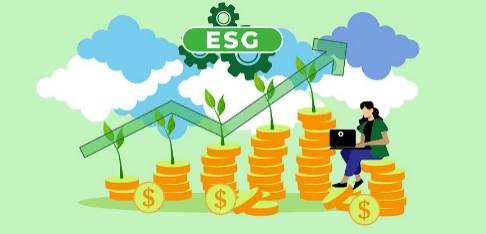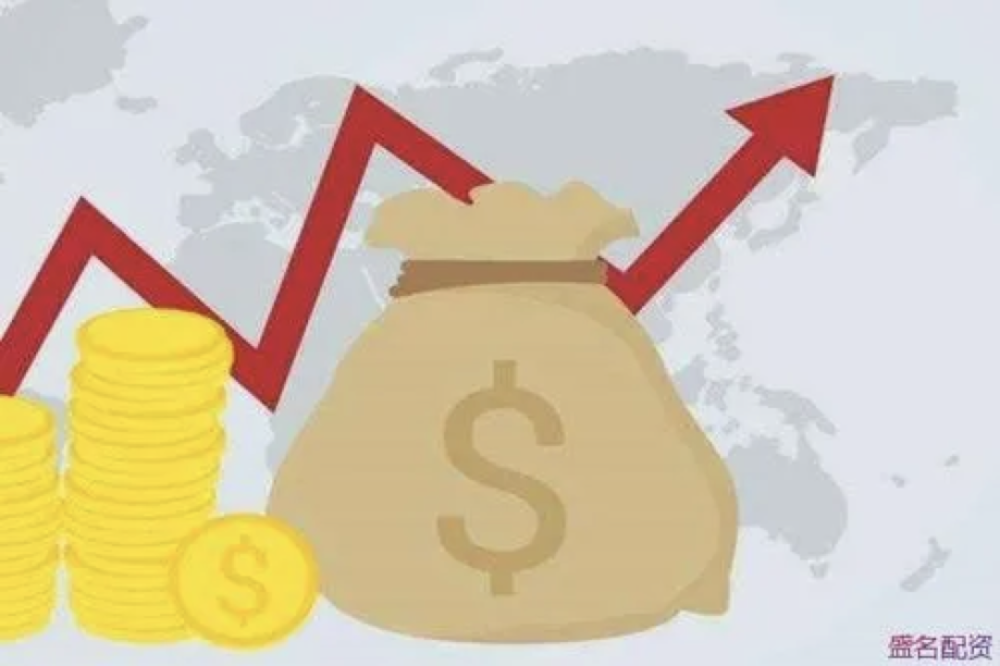ESG investing is a form of socially responsible investing. Traditional investments usually only focus on corporate profits and financial returns, ignoring social responsibilities. On the contrary, ESG investing takes into account financial returns and a company’s impact on environmental, social and corporate governance.

The letter E (Environmental) represents the impact of the enterprise on the environment, such as whether the enterprise complies with environmental protection policies in the production process, whether it pollutes the environment, whether it handles harmful chemical substances reasonably, etc. S (Social) stands for the impact of the enterprise on the society, including the concern of the enterprise for employees, customers, suppliers and other stakeholders, the responsibility to the community, and whether the enterprise has established a good corporate image in the society. G (Governance) stands for corporate governance, including board independence, executive compensation, leadership diversity and so on.
At present, ESG investing is in the ascendant and has become a new trend. More and more investors are integrating environmental, social and corporate governance into their investment decisions as a measure of corporate sustainability. Against the background of the epidemic and carbon emission reduction, ESG investment has also become an important keyword in the capital market. Within China, ESG products issued by various asset management institutions have surged this year. Data shows that in the whole year of 2020, 3 public funds in the name of ESG were issued in the Chinese market, and in the first half of 2021 alone, this number increased to 8. At the same time, the scale of related products issued by commercial banks in China has reached nearly 10 billion yuan. While in the US market, ESG investing is more mature, and the scale of assets is also increasing rapidly. According to statistics, as of June 2020, the scale of ESG index funds in the United States reached US$50 billion, a very significant increase from US$4.1 billion 10 years ago.

A growing body of research shows that ESG investing can generate higher investment returns with lower risk of drawdowns. For example, between 2014 and 2018, companies in the top 1/5 of the S&P 500 in ESG outperformed the bottom 1/5 by more than 25%. At the same time, companies with top ESG rankings also have relatively little share price volatility.
Drawbacks

1. Lack of unified ESG criteria
At present, there is no unified ESG evaluation standard in the world. Each institution develops an evaluation system based on its own considerations. Famous institutions such as MSCI, FTSE Russell, and Bloomberg have compiled their own ESG evaluation index systems and launched related indexes, of which MSCI has more than 1,500 ESG index constituent stocks. The lack of uniform standards for ESG performance assessment also leads to inconsistencies in ESG portfolios and funds. Some funds even hold tobacco stocks based on one-sided evaluation criteria.
2. ESG investing lacks long-term performance data
ESG investing has exploded in recent years and has shown excess returns above the market average. However, ESG investing currently lacks long-term performance data to attract some investors who are completely focused on financial returns. ESG investing remains to be tested by time, but the trend is clear.





